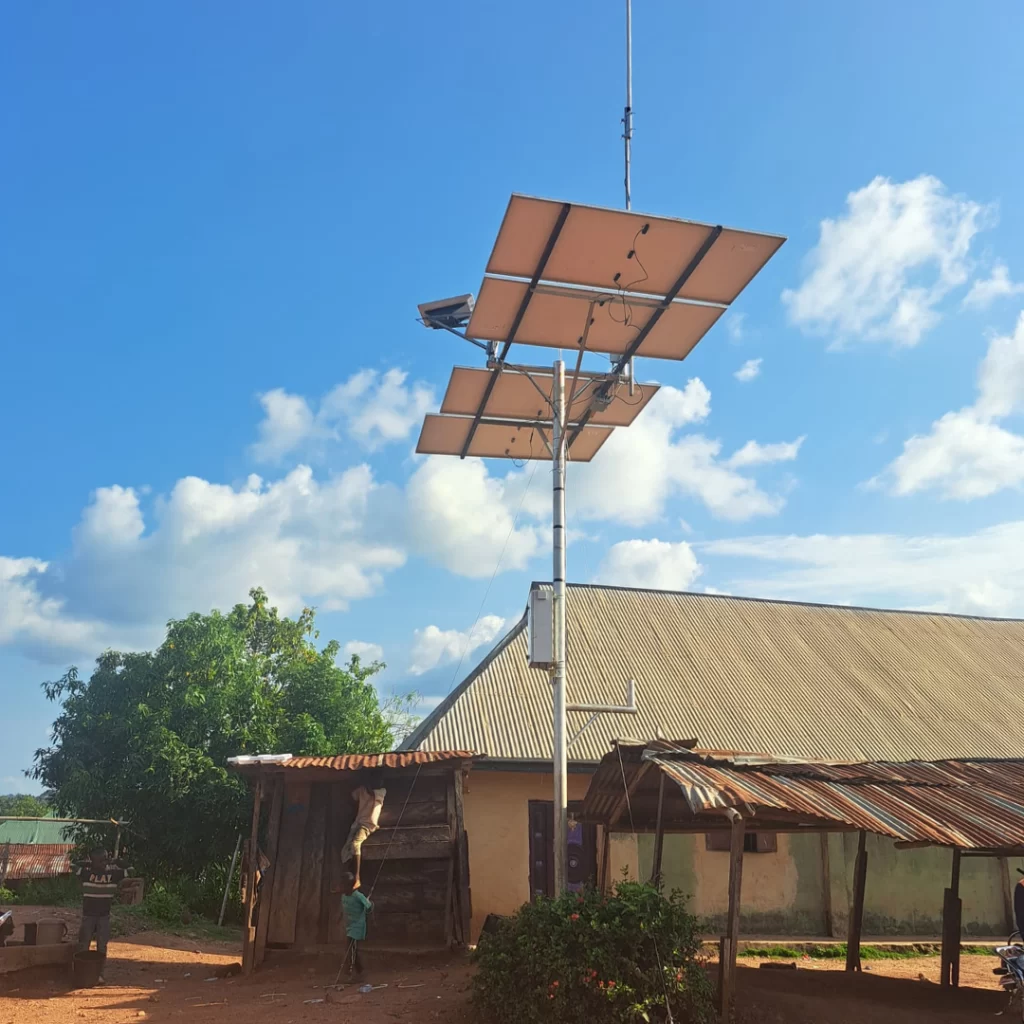The Africa Mobile Networks Group (AMN) has announced its successful integration of the Starlink satellite network to provide internet connectivity to over 100 of its rural base stations in Nigeria. Furthermore, the satellite backhaul from Starlink LEO satellites has resulted in a 45% increase in traffic across the AMN sites. With this growing trend, AMN projects a double growth of its rural base stations by the end of 2024.
AMN started deploying rural base stations in Nigeria in 2018. By April 2024, the company announced it owned and operated more than 1,600 base stations nationwide, with plans to raise that number to 2,000 by the end of June. The first Starlink installation was done at Yebu, a town approximately 80km from Abuja, and rolled out to more than 100 base stations in rural Nigeria. The team has achieved significant results. This approach enables AMN to fully unlock the capabilities of its AMN Radio Node (ARN). Additionally, this will provide solutions to subscribers’ growing bandwidth and data demands.
AMN’s ARN multi-carrier and multi-technology have also contributed to the 45% increase in traffic. Combining this with the LEO satellite backhaul has increased the Base Transceiver Station (BTS) capacity without requiring changes to the BTS software on-site. The combination has proven effective, as some rural AMN sites now handle over 25,000 voice minutes daily.
Impact
This achievement marks a significant milestone in expanding rural telecommunications infrastructure, which enables livelihoods to thrive. Industries in the local communities, such as agriculture, healthcare, finance, and business, can use these services for more efficient solutions and growth. AMN continues to expand its coverage and services throughout Africa and Latin America, with well over 4,000 base stations. AMN is expanding its network with new installations across seven African countries: Nigeria, the Democratic Republic of Congo, Cameroon, Madagascar, Ivory Coast, Benin, and Rwanda.
“AMN is dedicated to its vision of a fully connected world and appreciates that any solution to close the digital divide must be economically sustainable whilst offering a service of a similar quality to urban areas. The viability of a project from an economic perspective is crucial to providing long-term access to telecommunication services. From designing and manufacturing its own BTS, uniquely developed for low-cost rural applications, to offering cutting-edge backhaul solutions, AMN is committed to bringing high-quality connectivity to rural and ultra-rural areas.”
Source: https://spaceinafrica.com/2024/09/09/amn-announces-a-45-increase-in-traffic-after-deploying-starlinks-leo-constellation/



